With each passing hour, a stroke causes brain cells to die rapidly and on a massive scale, impairing neurological function equivalent to nearly 40 years of natural aging.
On June 25, Dr. Le Van Tuan, Director of the Center for Neuroscience , Tam Anh General Hospital, Ho Chi Minh City, informed that a stroke causes a patient to lose 3.7 years of life in one hour. After a stroke, the brain is damaged and can age by an equivalent of 37 years of natural aging.
 |
| With each passing hour, a stroke causes brain cells to die rapidly and on a massive scale, impairing neurological function equivalent to nearly 40 years of natural aging. |
Brain cells are non-renewable cells, they only gradually deteriorate over time and do not produce new ones. The longer a stroke occurs, the faster and more severe the rate and extent of brain cell destruction.
Dr. Tuan explains that in a stroke caused by a blocked blood vessel (usually due to a blood clot), in just one second, 32,000 brain cells die permanently and in the 59 seconds after the stroke, the brain loses 1.9 million brain cells.
The number of brain cells dying increases rapidly and on a large scale when a stroke causes the related neurological functions to be impaired or permanently lost. The consequences cause the brain to be damaged and age more quickly.
When a blood clot cuts off oxygen to the brain, it can cause neurological disabilities. The longer the blockage, the more damage to the brain, reducing treatment options and increasing the risk of disability or death.
With a stroke (caused by a ruptured blood vessel in the brain causing blood to flow into the surrounding brain tissue), Master, Doctor, CKII Chu Tan Si, Head of the Department of Neurosurgery, Tam Anh General Hospital, Ho Chi Minh City, said that a blood clot in the brain causes a rapid inflammatory reaction, producing intermediate chemicals that damage surrounding brain cells.
In the first 0-4 hours after a hemorrhagic stroke, an inflammatory reaction forms, producing toxins that damage brain cells. After 4-7 hours, the damaged blood-brain barrier stimulates the production of more toxins. At this time, the brain area around the hematoma is more swollen, damaged, and degenerates than before.
Dr. Tan Si recommends removing the hematoma as soon as possible. Otherwise, the brain undergoes rapid cell decomposition, affecting neighboring brain areas and the hematoma's space-occupying mass, leading to serious complications. Patients have little chance of recovering memory and motor functions, the mortality rate is high, and the prognosis is poor.
There are two types of stroke: ischemic stroke (accounting for about 85%) and hemorrhagic stroke (about 15%). Treatment methods vary depending on the type of stroke, such as intravenous thrombolysis, endovascular thrombolysis, craniotomy to remove blood clots, and occlusion of ruptured blood vessels.
Any treatment method needs to be performed early, within the golden hour (first 3-4.5 hours with thrombolytic drugs, first 6 hours or more with vascular intervention and 6-8 or even more than 24 hours with surgery).
“Recognizing early signs of stroke and treating promptly can protect the brain and minimize permanent brain cell death,” said Dr. Tuan.
Symptoms of stroke are recognized according to the FAST principle including F (face) is sudden facial paralysis, A (arm) is weakness, paralysis of the arm or sensory disturbance on one side of the body, S (speak) is difficulty speaking, slurred speech, inability to speak or incorrect speech, T (Times - telephone) is quickly calling an ambulance and taking the patient to a hospital with expertise in stroke treatment immediately.
Take proactive measures to prevent risk factors such as high blood pressure, cardiovascular disease, diabetes, smoking, obesity, high blood fat, alcohol, etc.
Regular stroke screening helps detect stroke risk factors early. For example, blood tests can help detect diabetes or cardiovascular diseases that cause blockages in the brain (atrial septal defect).
Echocardiography, electrocardiogram, 24-hour heart rate monitoring combined with clinical examination and medical history also help assess stroke risk.
Modern machines and techniques help doctors screen and detect abnormalities in the body. The 1975-slice CT scanner system integrates artificial intelligence (AI), detecting small lesions of only 0.23 mm, including atherosclerotic plaques, blood clots, stenosis, rupture, and cerebral vascular malformations. This system also contributes to the rapid and early assessment of stroke in just a few minutes, speeding up the treatment process.
In addition to thrombolytic drugs or endovascular intervention using modern DSA angiography machines, AI Robots and many new generation devices help to effectively perform emergency stroke awakening surgery, avoiding damage to nerve fiber bundles and healthy brain tissue of the patient.
Source: https://baodautu.vn/dot-quy-khien-nao-gia-hon-gan-40-tuoi-d218531.html











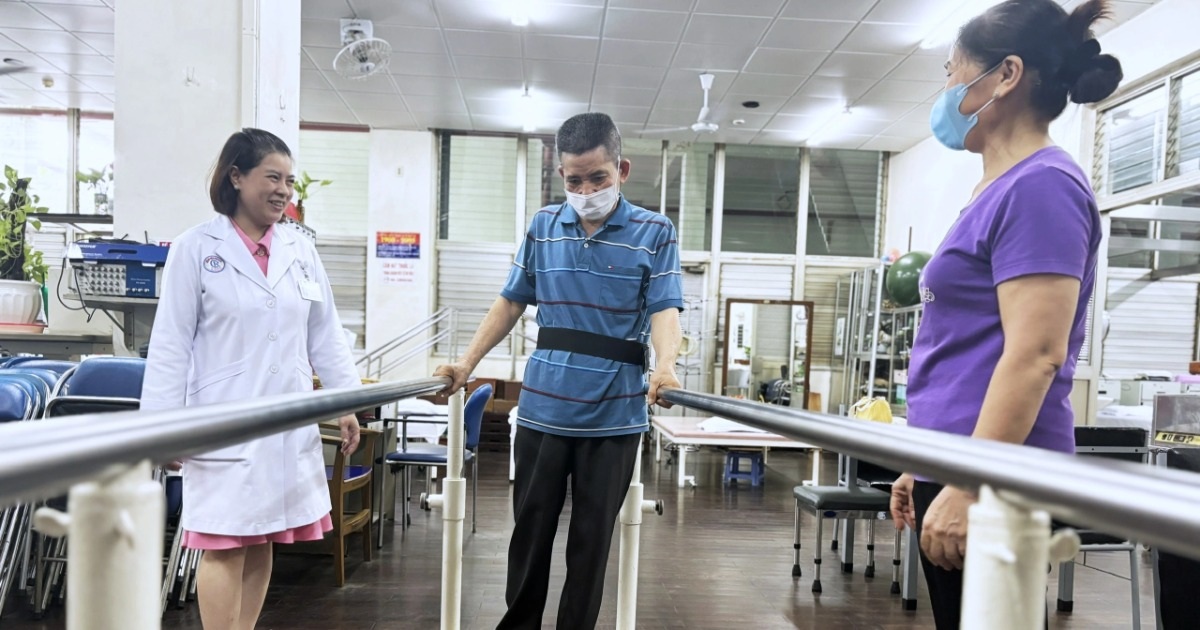

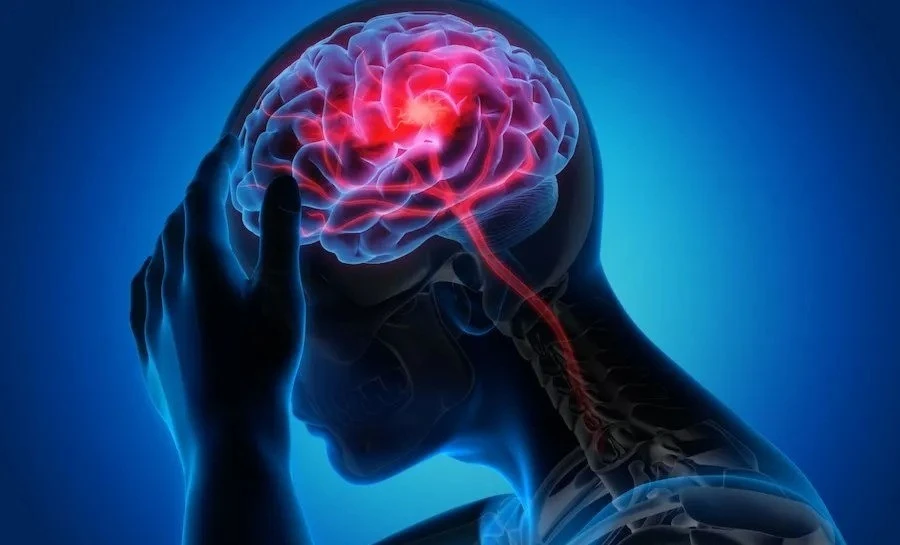




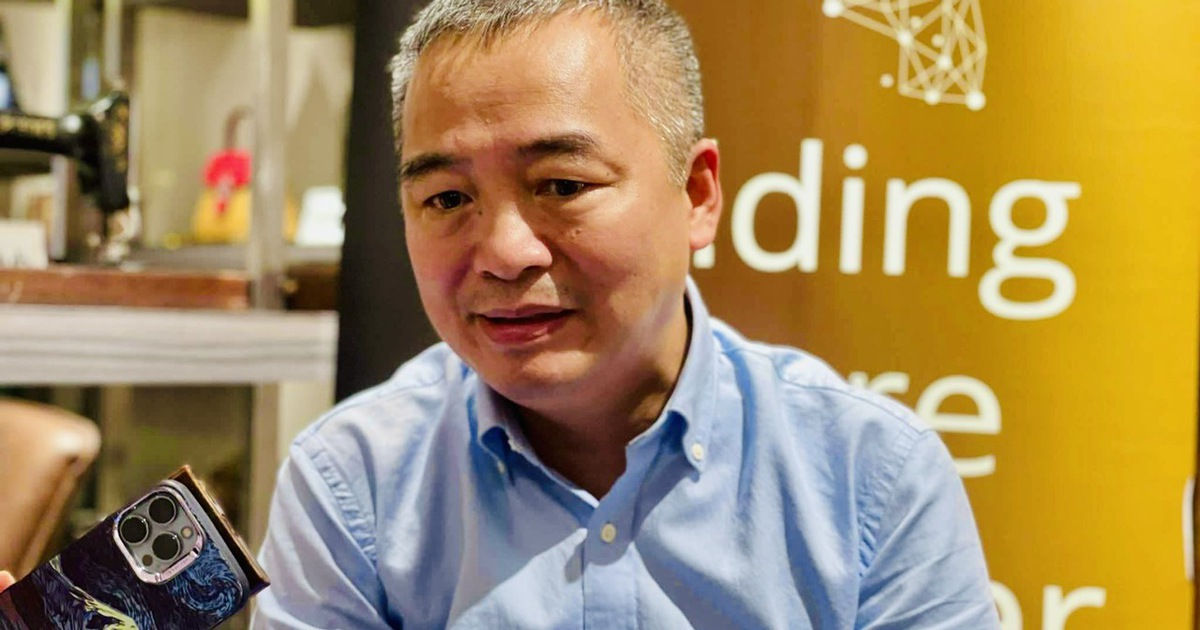

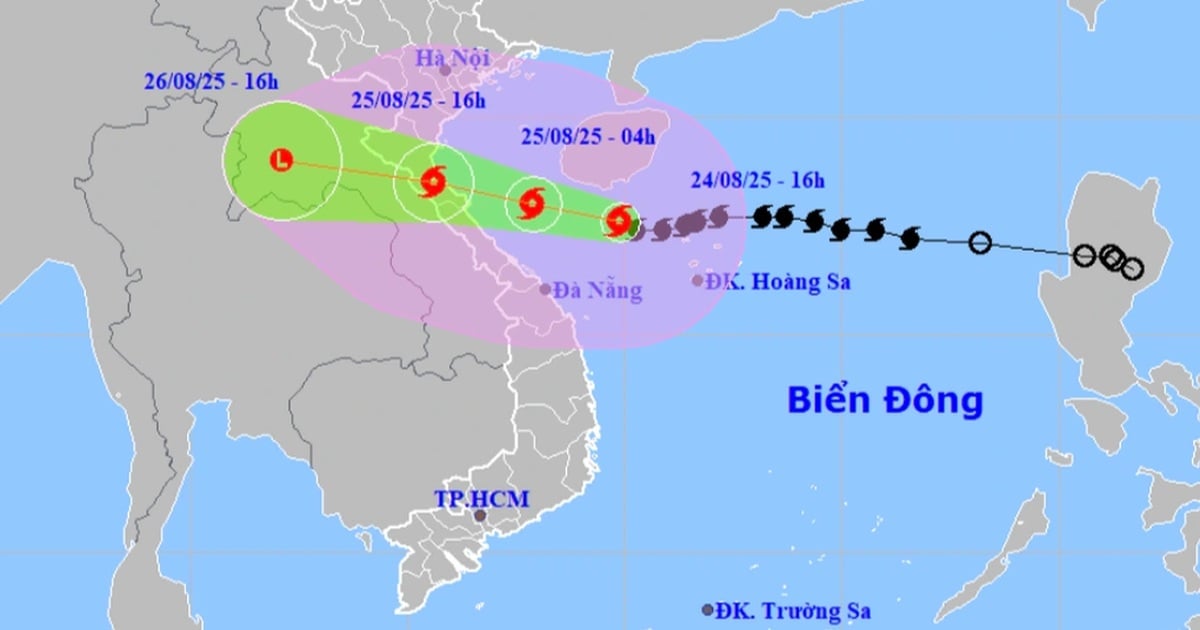
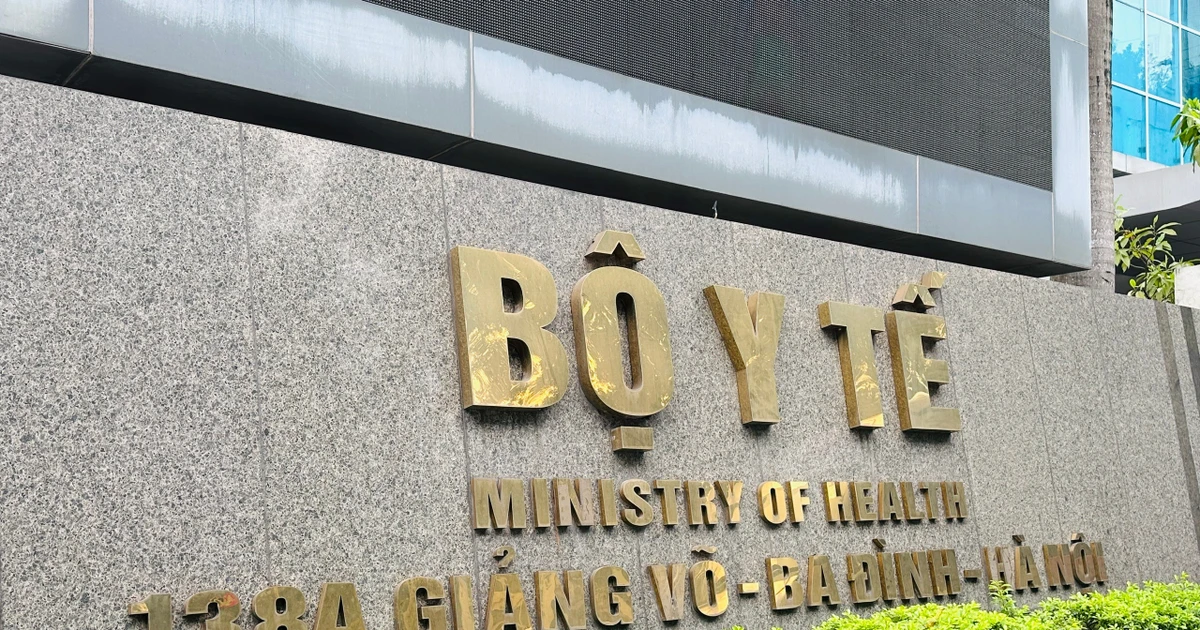














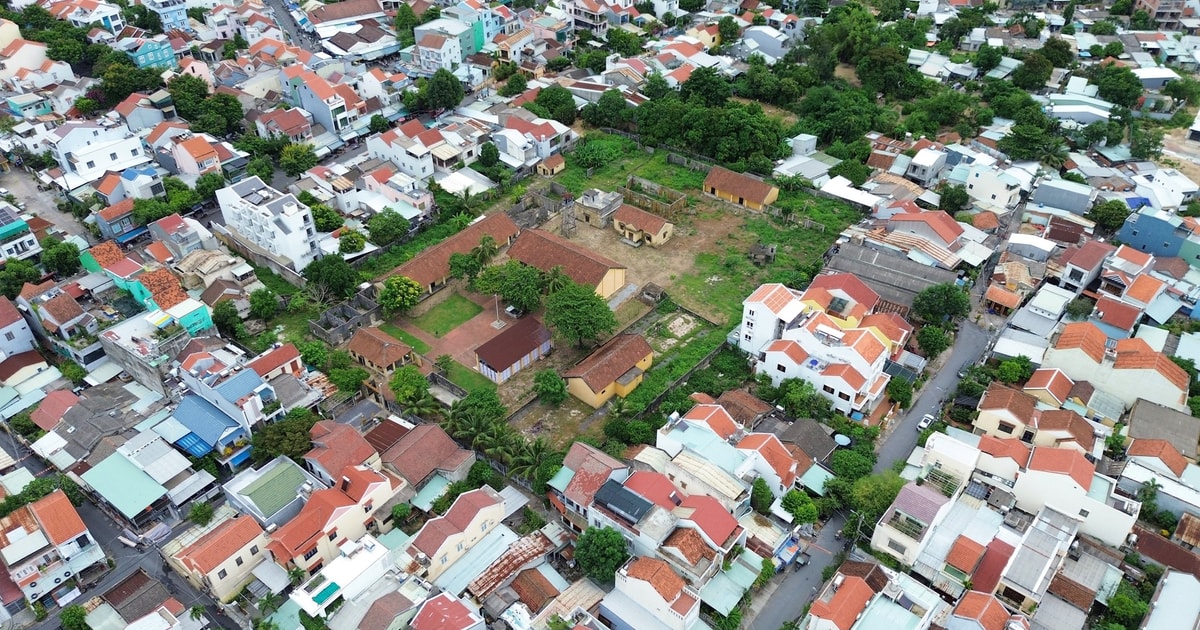



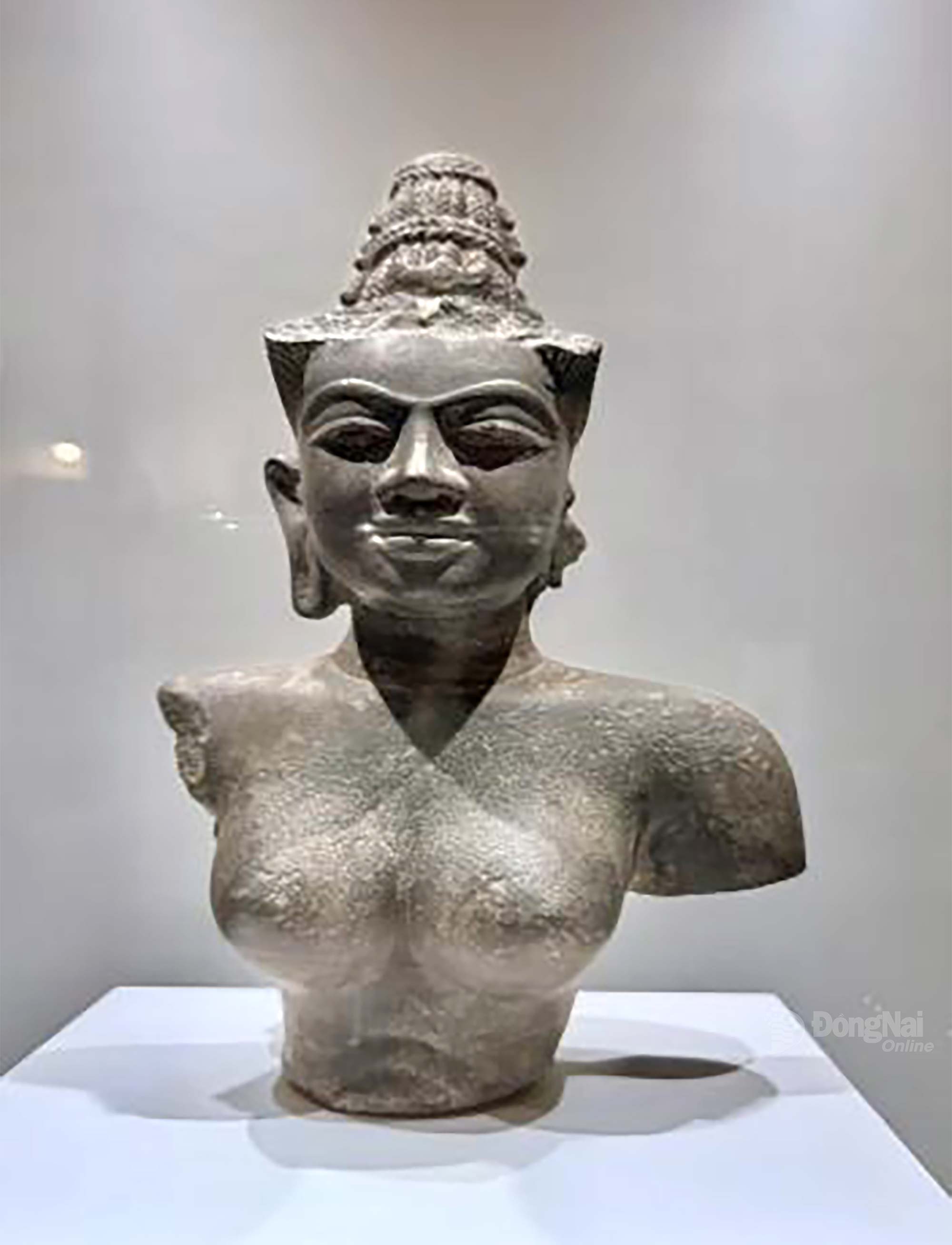








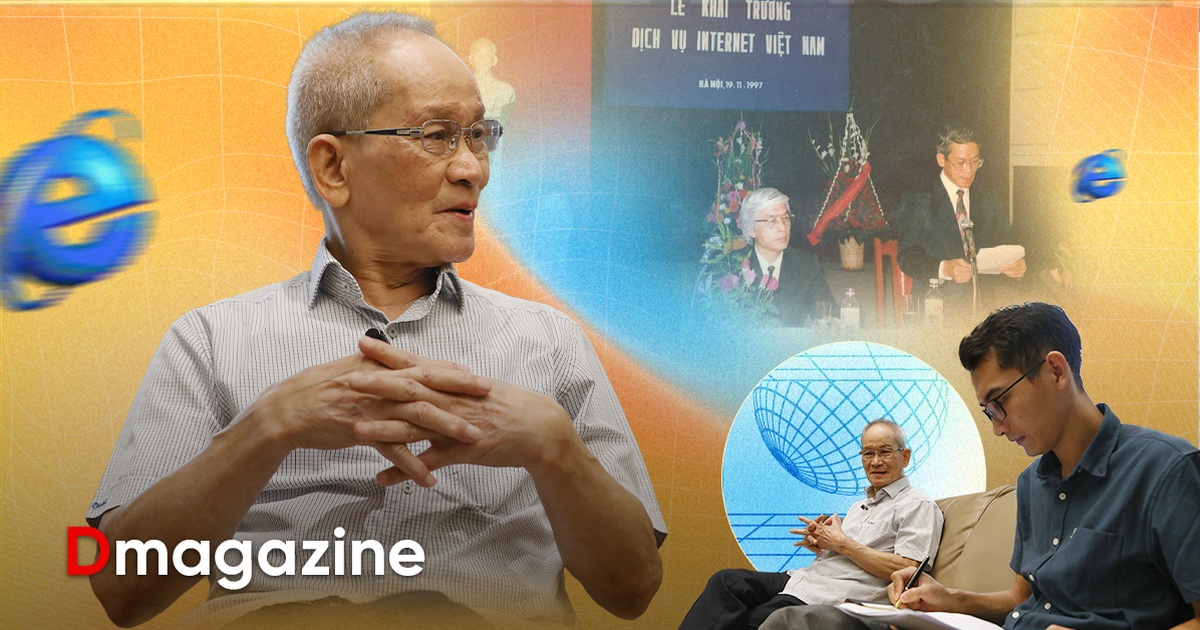











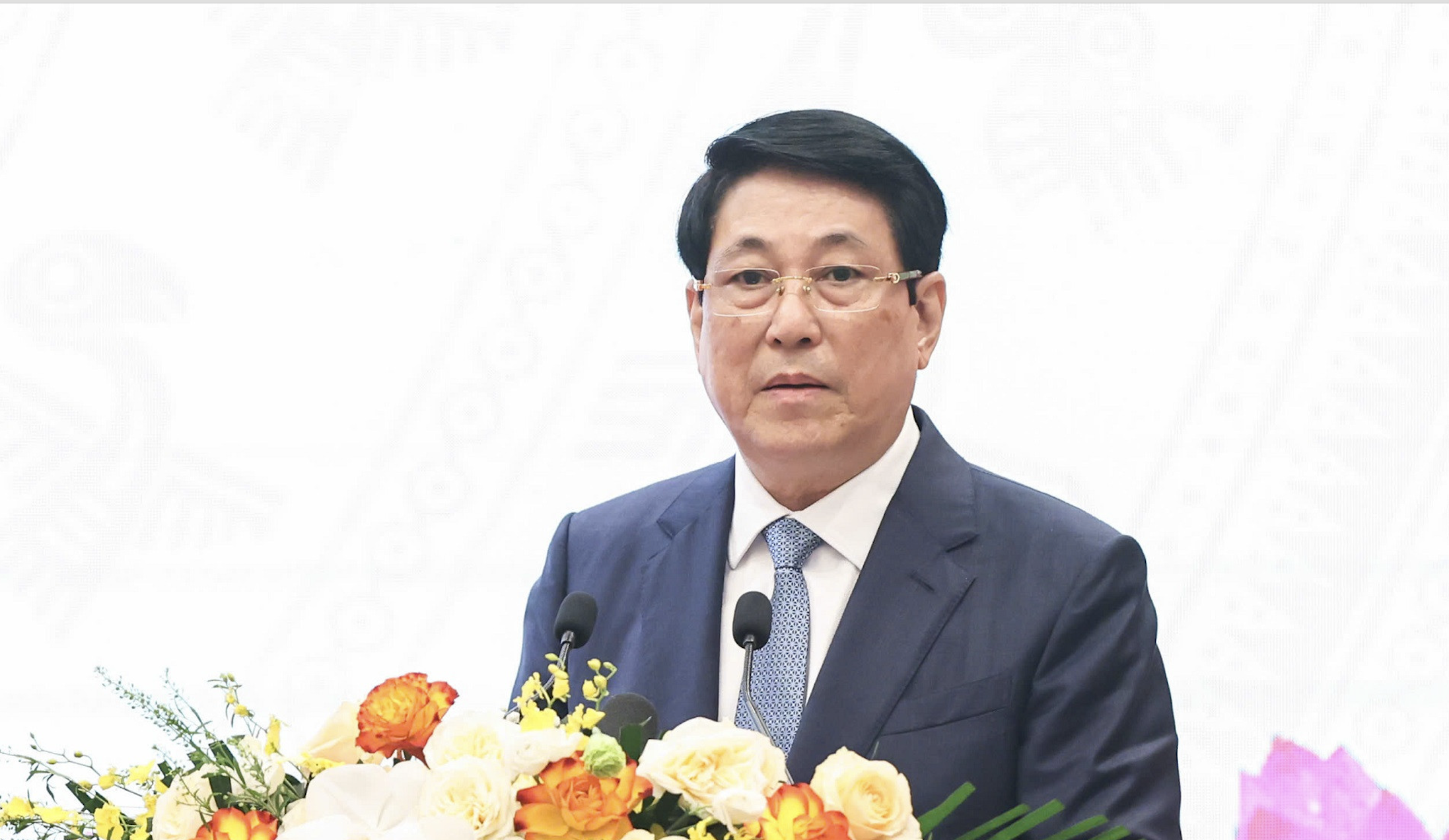


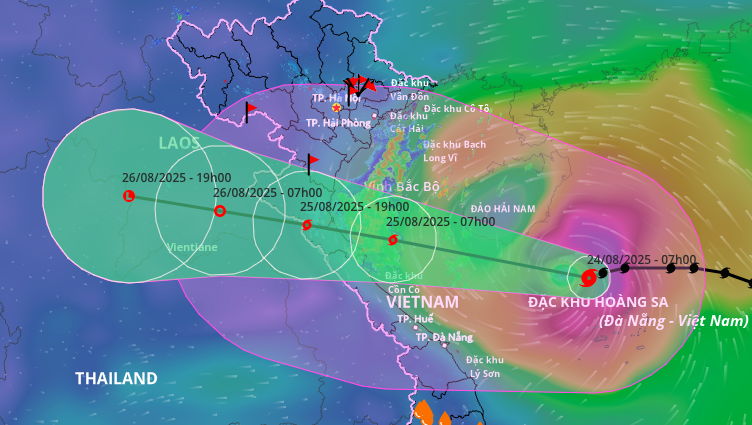













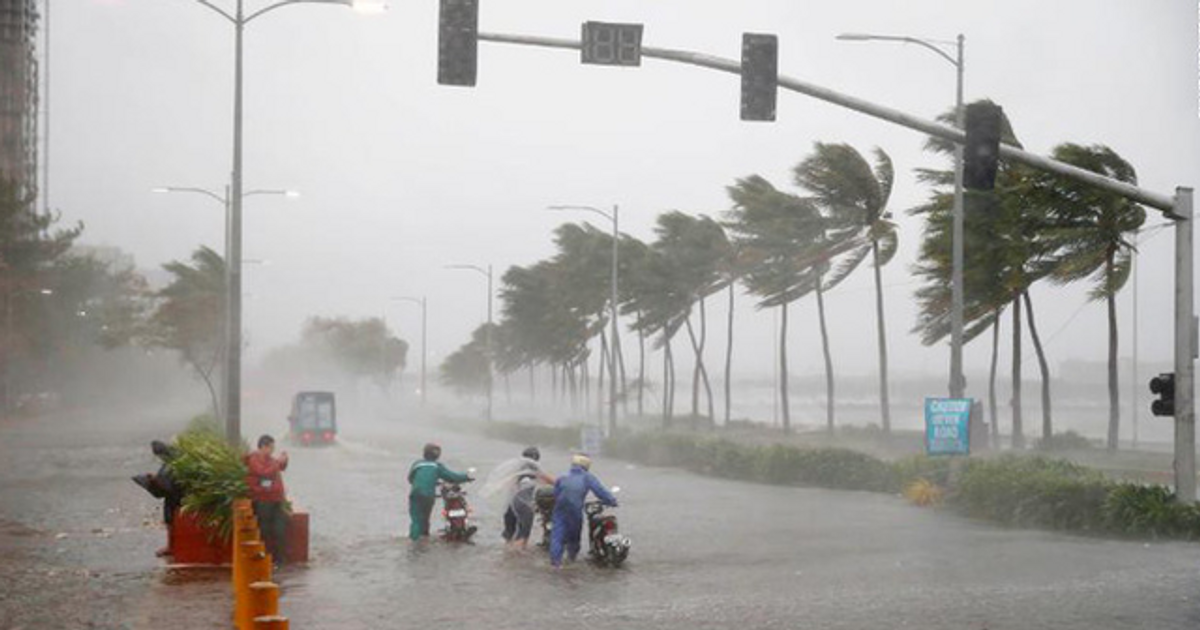



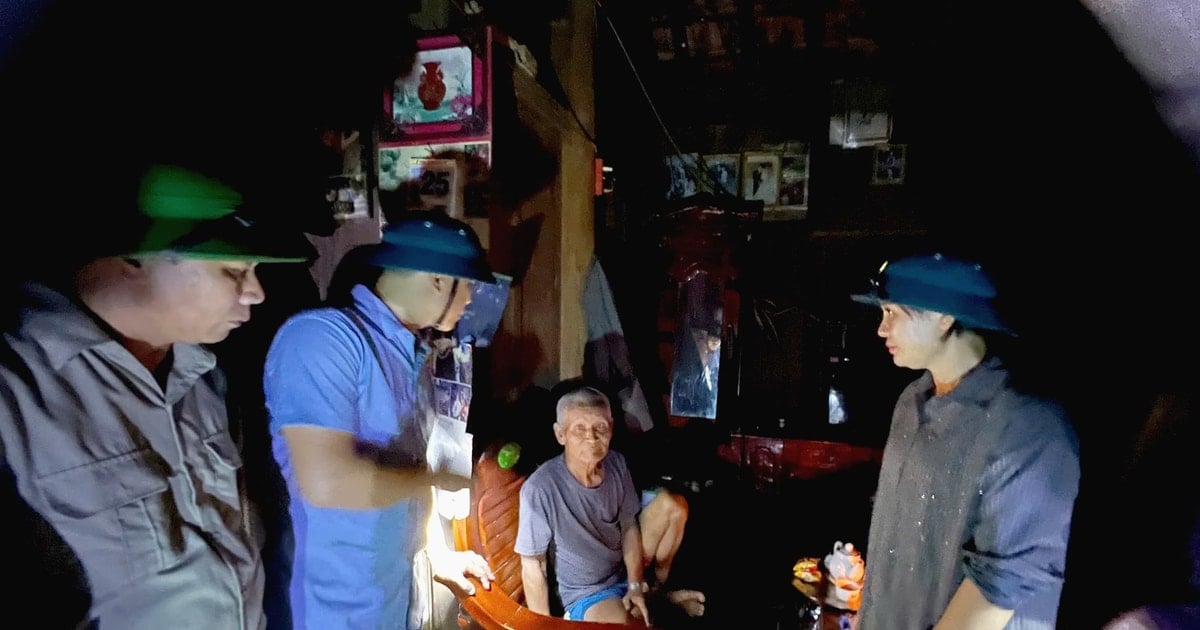

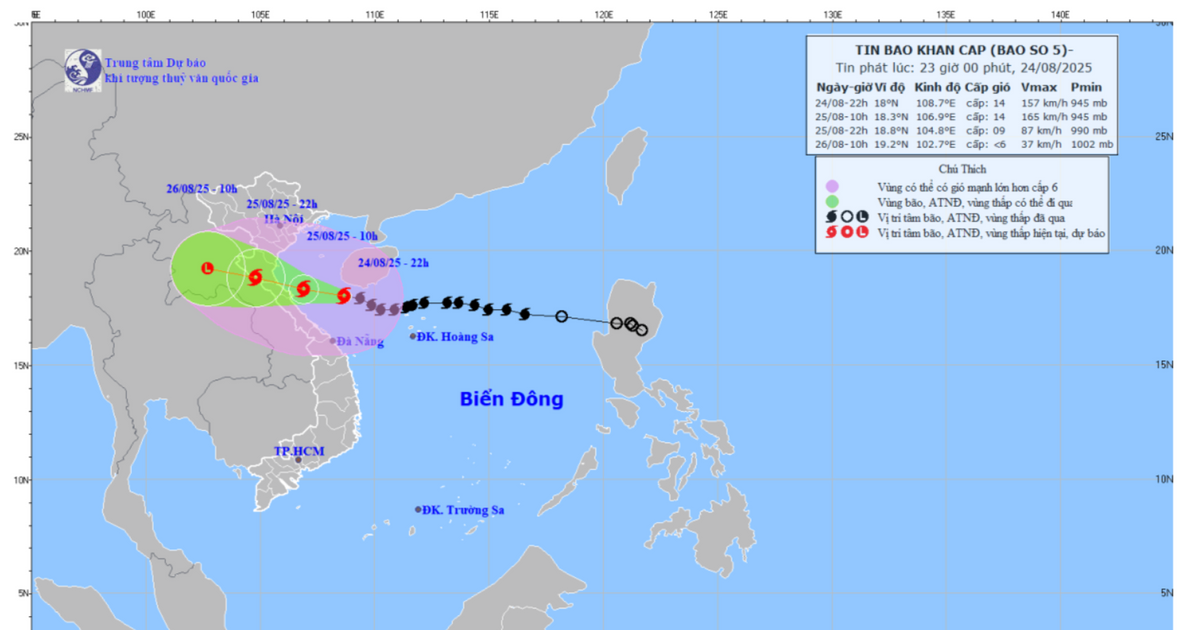

















Comment (0)